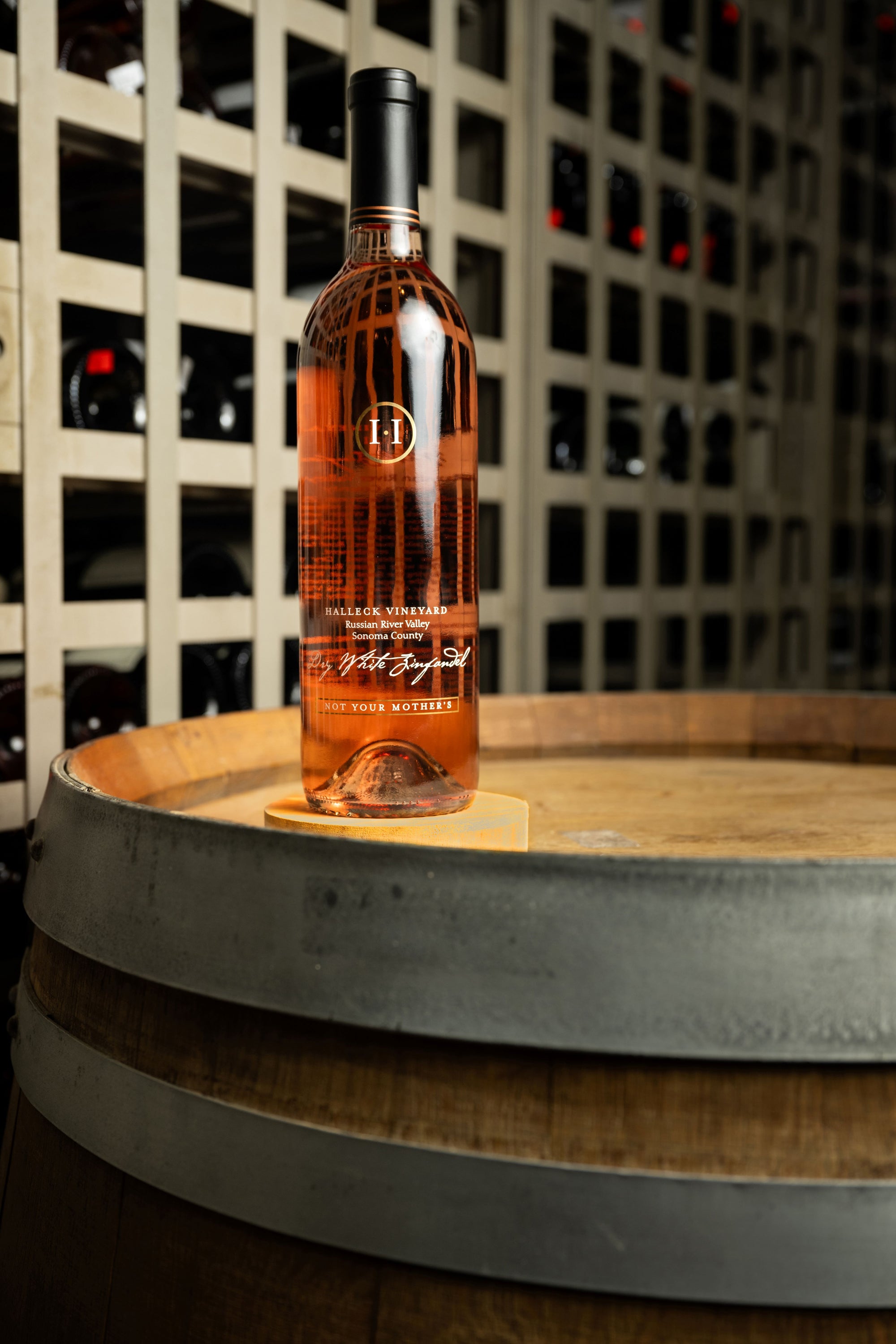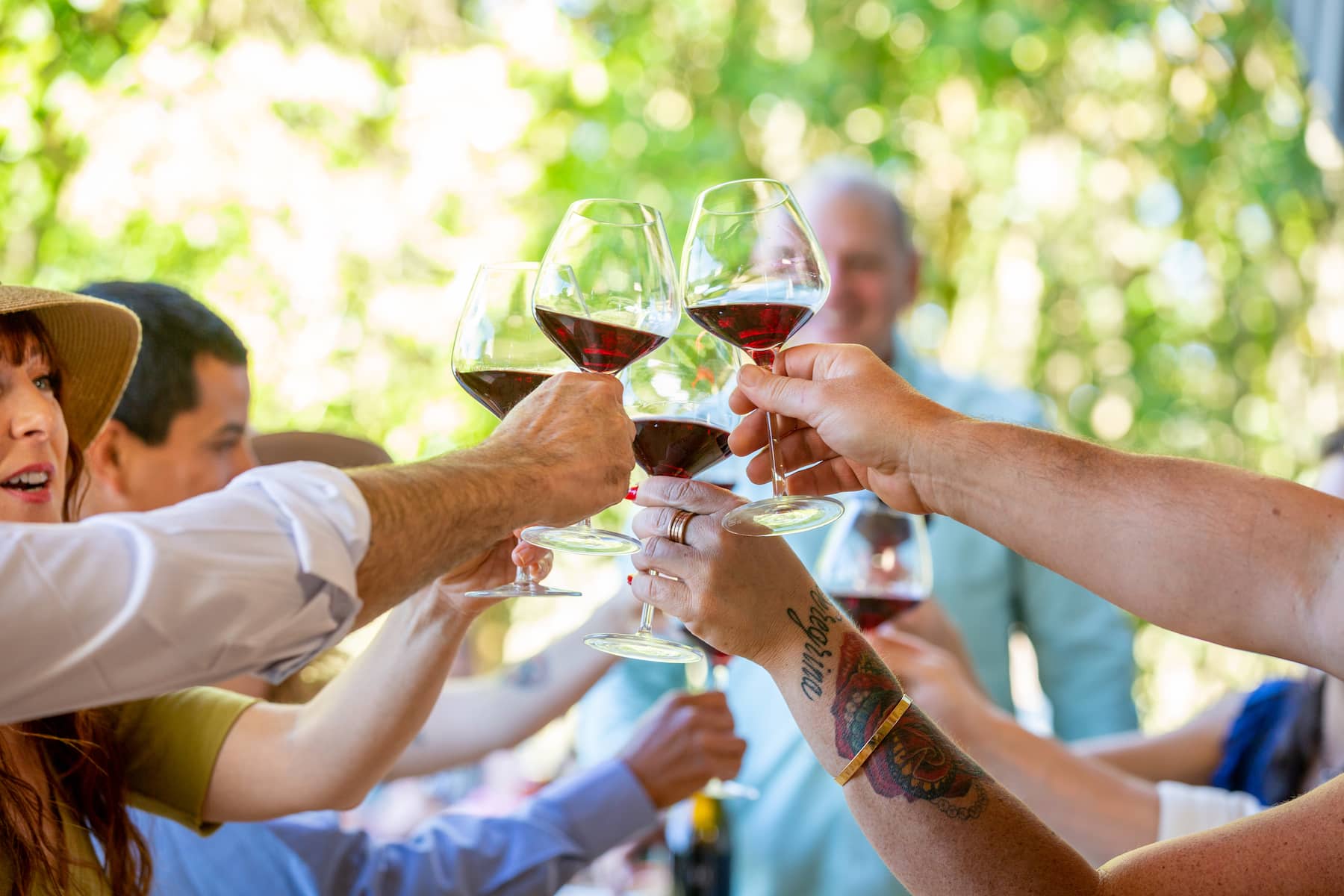Elevate Your Napa Valley with Food Pairings
Understanding the nuanced vocabulary associated with winery wine tasting is important for each novices and seasoned connoisseurs alike. Every term brings to life the experience of tasting wine and can enhance one’s appreciation of the numerous intricacies concerned. Wine tasting is more than just consuming; it is an art that entails various senses and emotions.
To start with, the term "nostril" refers again to the aromas one detects when smelling the wine. This is a crucial step because the bouquet units the stage for the tasting experience. Notes of fruit, spice, earth, and wood could mingle, providing a glimpse of what the palate may confirm. Understanding "nosing" the wine can dramatically elevate one's sensory journey.
Another key aspect is the term "body." The body of the wine describes its weight and fullness on the palate. A full-bodied wine has a robust presence and tends to linger longer after swallowing. Conversely, light-bodied wines may feel more delicate and refreshing. Recognizing the body helps tasters assess the wine's structure and steadiness.
Plan Your Visit Through Sonoma's Wine Regions
The idea of "tannins" is important in red wine tasting. Tannins are compounds derived from grape skins, seeds, and stems, contributing to a wine's texture and getting older potential. Excessive tannin wines often lead to a dry mouthfeel, whereas lower tannin levels yield a smoother experience. This distinction is especially necessary when pairing wines with food, as tannins can either complement or clash with sure dishes.
In addition to tannins, "acidity" performs a major role in the wine tasting experience. Acidity provides wine its crispness and liveliness - Hidden Wineries in Sonoma County You Cannot Miss. Wines with higher acidity are usually refreshing and energizing, making them excellent companions for a variety of foods. Recognizing acidity can drastically enhance one’s food-pairing capabilities and overall tasting enjoyment.
When delving into the flavour profile of a wine, one may encounter the term "end." The finish refers again to the aftertaste that lingers in the mouth after swallowing. A lengthy end is usually related to high-quality wines, as it signifies complexity and depth. A brief end might counsel a less complicated wine. Figuring Out the way to evaluate the end can reveal much a few wine's character.
Exploring the "vintage" is also integral to wine tasting terminology. The vintage denotes the yr during which the grapes were harvested. Totally Different years can yield vastly completely different outcomes due to variations in climate situations. For instance, a sizzling summer can produce more concentrated flavors, whereas a cooler year may yield extra subtle, nuanced wines. Understanding vintage allows for a deeper appreciation of a wine’s origin and potential.
From Vine to Glass of California Wine
The term "terroir" encompasses the geographical and environmental elements that contribute to a wine's unique character. Elements such as soil kind, climate, elevation, and topography all play a job in the flavor and high quality of the wine. This connection to place helps one perceive why wines from totally different areas can taste so distinctively completely different, even when made from the identical grape variety (Top-Rated Wineries for Private Tours in Sebastopol).
When partaking with wines, the phrase "leg" refers to the droplets that form on the inside of the glass after swirling. These droplets can indicate the wine's alcohol content material and viscosity. Whereas observing the legs won't directly relate to the wine’s style, it provides to the overall experience and intrigue of wine tasting less clear.
Guide to Wine Tasting in Sebastopol
A extra specific term that may arise during tastings is "oak." The influence of oak barrels on wine can impart flavors such as Visit This Link vanilla, toast, or spice. The degree of oak aging can vary widely among wines, affecting both aroma and taste. Understanding oak treatment provides insights into the winemaker’s choices and the ensuing complexity of the wine.
In wine tasting, one may also hear the term "palate." The palate refers back to the overall taste experience within the mouth. This encompasses sweetness, bitterness, acidity, and physique. A well-balanced palate is crucial for a harmonious tasting experience, and recognizing any imbalances helps assess the standard of the wine.
The experience of wine tasting is significantly enriched by understanding the terminology that accompanies it. Every term serves a objective, enhancing the power to convey thoughts and feelings about the wine one's experiencing. This vocabulary bridges communication between tasters, sommeliers, and winemakers alike.

To fully get pleasure from wine tasting, it's essential to interact all senses. The sight of the wine, its color, and clarity can provide perception into its age and high quality. Swirling the wine releases aromas that heighten the olfactory experience, while the actual tasting allows for a whole evaluation of the wine's profile.
Pet-Friendly Wine Tasting Experiences in Sebastopol
In conclusion, understanding the detailed clarification of winery wine tasting terminology tremendously enhances the experience of tasting. Each term invites the taster to engage more deeply with the wine, encouraging connections to the senses, the winemakers, and the lands where the grapes are grown. This nuanced vocabulary creates a richer, more fulfilling wine tasting experience.
- Aroma refers to the scents released by the wine, which may point out its grape selection and affect the tasting experience.
- Tannins are pure compounds present in grape skins, seeds, and stems, contributing to the wine's construction and getting older potential.
- A end, or aftertaste, is the lingering flavor sensation that remains on the palate after swallowing, often a key indicator of quality.
- Body describes the weight and fullness of wine in the mouth, generally categorized as light, medium, or full-bodied.
- Terroir denotes the unique environmental traits of a winery that affect the style and high quality of the wine, together with soil kind and local weather.
- Acidity is a important component that contributes to a wine's freshness and balance, impacting its aging functionality and total flavor profile.
- Vintage signifies the yr grapes have been harvested and plays a big position in determining the wine's characteristics, reflecting particular weather conditions.
- Decanting entails pouring wine from its bottle into one other vessel, allowing it to aerate and enhancing its flavors and aromas.
- A corked wine could also be tainted by a faulty cork, resulting in musty or off-putting flavors that detract from the wine's supposed profile.
- The term “legs” refers again to the droplets that cling to the within of a glass after swirling, usually associated with the wine's alcohol content and viscosity.undefinedWhat is the meaning of "nostril" in wine tasting?undefinedThe "nostril" refers to the aroma profile of the wine, which is detected via the sense of odor. It's a vital side of wine tasting, as aromas can reveal lots concerning the grape selection, winemaking process, and growing older.
How ought to I properly style wine?undefinedTo style wine effectively, comply with these steps: observe the colour, swirl the wine to aerate it, take a gentle sniff to seize the aromas, sip and let it coat your palate, and eventually, note the finish. This approach helps in appreciating the wine’s complexity.
What are "tannins" and the way do they affect wine?undefinedTannins are natural compounds present in grape skins, seeds, visit this web-site and stems that contribute to a wine's construction and astringency. They can create a drying sensation in the mouth, and they also play a job within the wine's aging potential.
Top 10 Wineries in Sebastopol 95404

What does the term "balance" imply in wine tasting?undefinedStability refers back to the concord between the different parts of a wine, such as acidity, sweetness, alcohol, tannin, and flavor depth. A well-balanced wine will have every of these parts supporting one another quite than overpowering the others.
What is the importance of "terroir" in wine tasting?undefinedTerroir encompasses the environmental factors—such as soil, climate, and geography—that affect the characteristics of the wine produced in a selected area. Understanding terroir helps tasters appreciate the distinctive qualities that completely different regions impart to their wines.
What does "vintage" imply and why is it important?undefined"Vintage" signifies the yr when the grapes had been harvested. It is crucial as a end result of it impacts the wine’s high quality and traits, as weather conditions in the course of the rising season can significantly affect flavor profiles and aromatics.
What are "legs" and what do they signify?undefined"Legs" discuss with the droplets that form and run down the within of a glass after swirling wine. Whereas they can point out alcohol content material and viscosity, they do not decide quality—this is more about personal perception of richness.
The Allure of Wineries in Sebastopol 95407

What does "full-bodied" imply versus "light-bodied"?undefined"Full-bodied" wines are rich, dense, and infrequently have greater alcohol content and complicated flavor profiles, while "light-bodied" wines are extra delicate and refreshing with a lower alcohol content material. This distinction helps tasters understand the expected weight and mouthfeel of the wine.
How can I determine fruit flavors in wine?undefinedTo identify fruit flavors, contemplate the aroma and style profiles. Swirl the wine, inhale deeply to capture the bouquet, and give consideration to specific traits. Familiarity with typical fruit profiles of various grape varieties can improve this identification process.
What is "end" in wine tasting?undefinedThe "finish" refers again to the aftertaste that lingers in the mouth after swallowing. A lengthy, complex end is often an indication of high quality in a wine, as it displays the depth of flavor and overall craftsmanship within the winemaking process.